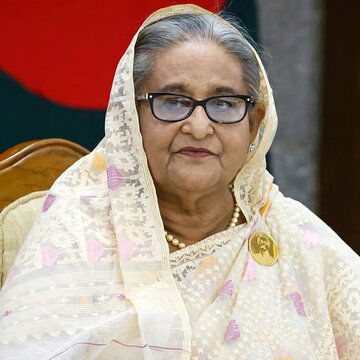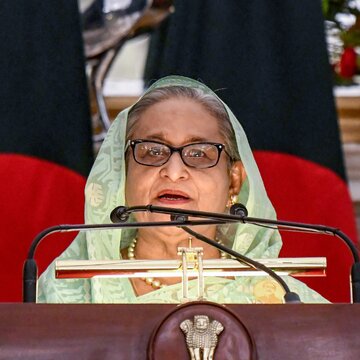Japan made political history on Tuesday, electing Sanae Takaichi as the country’s first woman Prime Minister after weeks of negotiations inside the ruling bloc. The conservative leader, chosen in a parliamentary vote, will head a coalition expected to steer Japan further to the right.
Takaichi succeeds Shigeru Ishiba, who resigned with his Cabinet earlier in the day following mounting pressure within the Liberal Democratic Party (LDP) over recent election setbacks. Ishiba’s exit paved the way for a last-minute coalition agreement between the LDP and the Osaka-based Japan Innovation Party (JIP).
As per an Economic Times report, during the signing ceremony, JIP leader Hifumi Yoshimura said the alliance was aimed at restoring confidence in the government. “Political stability is essential right now. Without stability, we cannot pursue reforms or diplomacy,” Yoshimura stated.
Coalition dynamics and a shifting agenda
The deal, however, is far from comfortable for Takaichi. The JIP is not a natural ally, but the LDP needed its numbers in the Upper House to secure control and avoid legislative paralysis which is a reality that could make Takaichi’s early months volatile.
Takaichi, known for her nationalist positions and admiration for former Prime Minister Shinzo Abe, has promised to tighten defence policies, accelerate military spending, and take a firmer line on regional security. She will also face renewed scrutiny over her long-criticised remarks on wartime history and gender issues.
While critics at home and abroad question whether she will moderate her tone, Takaichi signalled a pragmatic approach in her first remarks.Takachi has vowed to “make Japan's economy stronger and reshape Japan as a country that can be responsible for future generations”.











